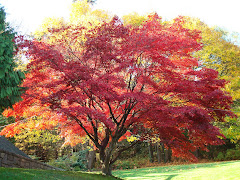 UNIQUE Earth Tone banded agate for evening or casual wear. This necklace is 20" long and it's a delight to see the light shine through. Both gemstones "the chips" and "the beads" are agate. The weight is only 72 grams and the beads are approximately 25L X 15W X 3D mm.
UNIQUE Earth Tone banded agate for evening or casual wear. This necklace is 20" long and it's a delight to see the light shine through. Both gemstones "the chips" and "the beads" are agate. The weight is only 72 grams and the beads are approximately 25L X 15W X 3D mm.What is Agate?
Brazil, Uruguay, and the Western United States are all sources for raw agate. Traditionally, Germany has been the capital of agate processing, and agate products are shipped from Germany to jewelers and stores all over the world. The distinctive stone is used in jewelry and to make decorative household ornaments such as bookends and coasters. Some religious ornaments are made from agate, such as worry beads and meditation stones carried in many cultures.
Deposits of volcanic rock frequently harbor agate, which is formed when silicates make deposits in cracks and holes in rock. The outer layer of an agate tends to turn dark and crusty, but the layers inside form rich bands of color which can be cut in cross section and polished for use in jewelry. Agate is very similar to onyx, another form of chalcedony which forms in successive layers, but agates tend to have more irregular bands and a wider range of colors.
Some agates are so distinctive that they carry their own names, such as moss agate, a unique form which has feathers of rich mossy green riddling a white agate. Iris agate, another special occurrence of the rock, has a remarkable iridescent sheen. Both forms, along with other varieties, are used in rings, bracelets, and necklaces, and are usually cut large to show off the rich bands of color in the stone. Often, a piece of agate jewelry will have an unusual shape, to accommodate a unique and striking pattern in the stone.




No comments:
Post a Comment